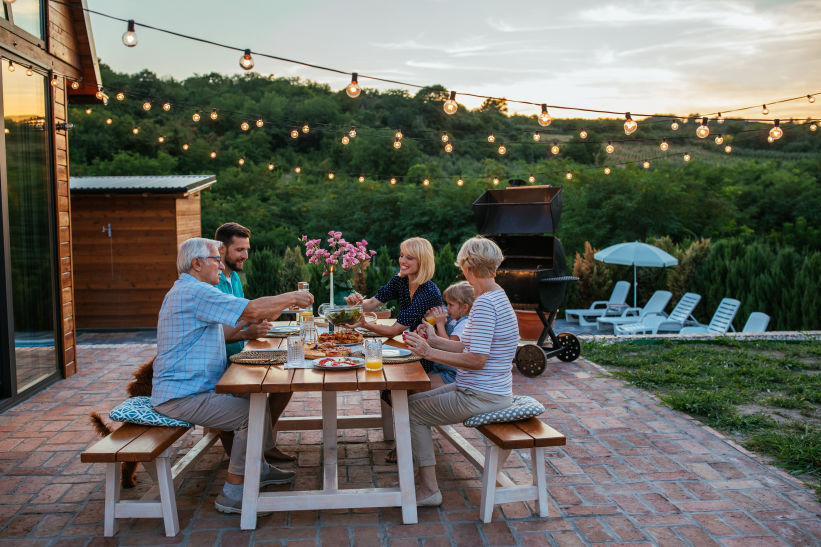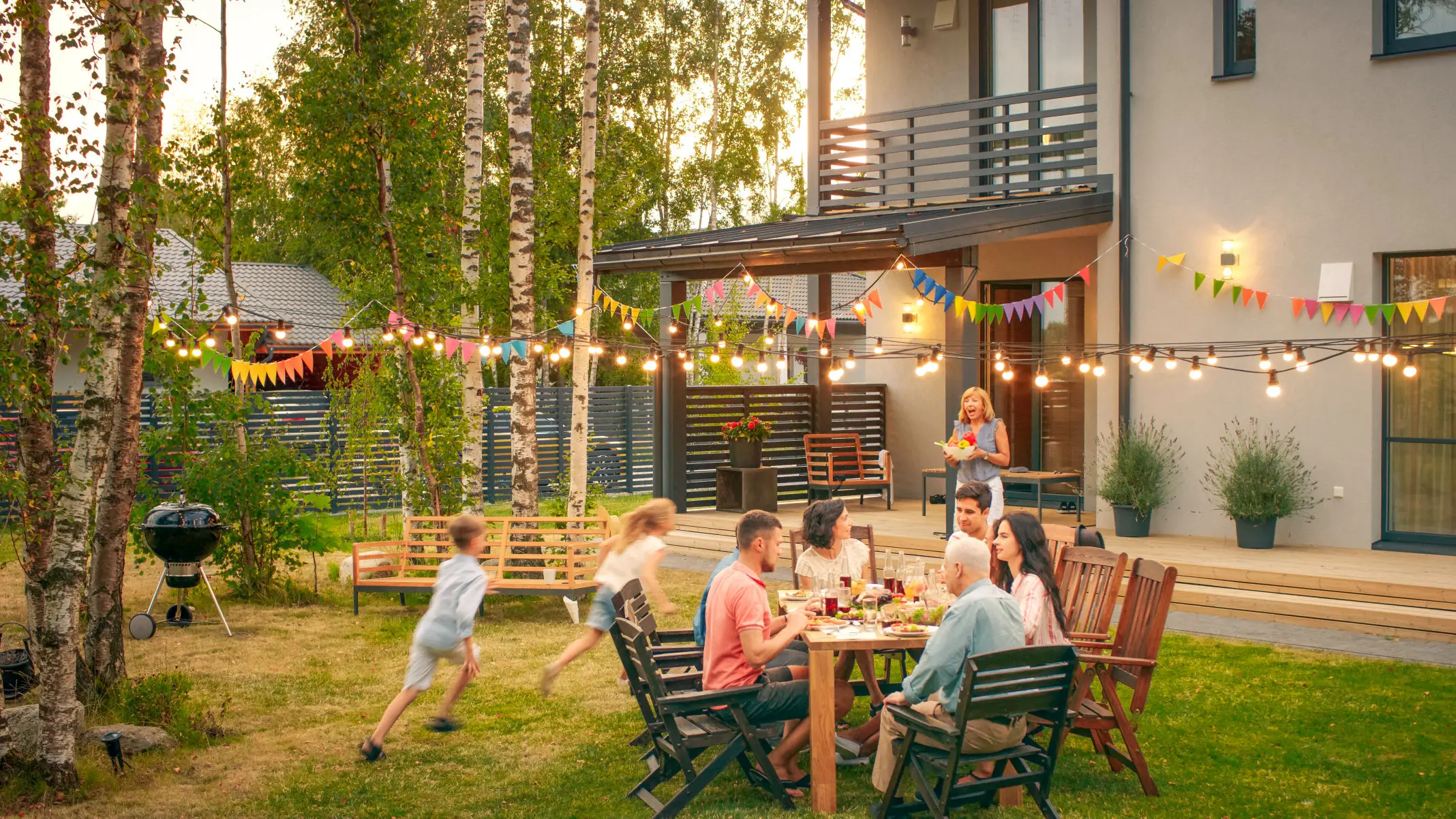


Living in Big Sky comes with one undeniable reality: the cost of living is significantly higher than the national average. As one of the most desirable ski towns in the country, housing, groceries, and everyday expenses reflect the resort economy. Physicians here often comment that while the professional opportunity is exceptional, the financial realities of living in Big Sky require careful planning—especially for those just starting their careers.
Housing is by far the largest factor driving costs. Entry-level condos often exceed $1 million, and even modest units come with steep HOA fees. Grocery prices are higher than in nearby Bozeman due to transportation costs, and services such as dining out or childcare carry a premium consistent with resort-town demand. That said, nearby communities like Bozeman or Ennis provide more affordable alternatives, making commuting a realistic option.
Montana’s lack of a state sales tax offsets some of the cost pressures, and property taxes are generally lower than in many metropolitan areas. For physicians, this means that while the cost of living is elevated locally, your purchasing power stretches further when you consider the absence of certain taxes compared to other states.
While you’ll pay more for housing and groceries, your compensation package includes relocation assistance and short-term housing to ease your transition. Many physicians use this period to find a home in Bozeman or Ennis, where their income provides greater stability. What you receive in return is access to a lifestyle that simply can’t be replicated in most urban centers: skiing before clinic, fishing after work, and world-class outdoor living just outside your door.
For physicians, the higher costs are balanced by the professional support of Bozeman Health, relocation assistance, and the priceless value of living where most people only dream of vacationing.
Housing in Big Sky is one of the community’s most pressing challenges. With limited inventory and high demand driven by seasonal workers, second-homeowners, and luxury resort development, even modest properties carry a steep price tag. Single-family homes under $1 million are virtually nonexistent, and condos often come with additional annual HOA fees that can exceed $10,000. This environment requires new residents to plan creatively when settling into the area.
Recognizing these challenges, Bozeman Health provides short-term housing options for incoming physicians—typically for up to six months. This allows you time to acclimate, explore the area, and work with local Realtors who have experience helping medical professionals find long-term housing. The hospital has established partnerships with trusted Realtors who can provide early access to listings and guidance on navigating this unique market.
While living directly in Big Sky provides convenience and immersion in resort-town life, many physicians and staff commute from surrounding communities where housing is more affordable and plentiful:
Homes in Big Sky range from rustic log cabins tucked into wooded lots to modern mountain chalets with sweeping views of Lone Peak. Luxury developments tied to resorts like the Yellowstone Club dominate much of the market, while new workforce housing initiatives are underway—though many won’t be completed until 2028–2029. These projects will eventually introduce single-family units targeted at local professionals, but for now, options remain limited.
While the housing market is challenging, physicians find workable solutions by leveraging short-term housing, Realtor support, and nearby communities. The payoff is a chance to live and practice in one of the most desirable mountain towns in the country.



Big Sky offers the kind of peace of mind that’s hard to find in larger metropolitan areas. While resort communities often draw a high volume of seasonal visitors, Big Sky maintains a reputation as a safe, family-oriented town where violent crime rates are well below the national average. Residents often describe leaving their doors unlocked, a reflection of the strong community trust that defines this mountain town.
Law enforcement presence is provided through the Gallatin County Sheriff’s Office, with deputies based in Big Sky to ensure timely response. The Big Sky Fire Department also provides EMS and first-response services, with strong coordination between emergency personnel and Big Sky Medical Center. As a physician, you’ll have confidence knowing that both everyday safety and medical emergencies are supported by local infrastructure.
Like many resort towns, property-related crimes (such as vehicle break-ins or theft of ski equipment) can occur during peak tourist months, but they remain relatively low compared to national averages. Traffic safety can be more of a concern during winter storms or when tourist traffic surges, requiring extra caution on mountain roads. Fortunately, road crews are experienced at managing snow and ice, and residents quickly adapt to the driving conditions.
Living in a mountain environment also means preparing for natural elements. Snowfall is heavy in winter, avalanches can occur in backcountry areas, and wildlife—including moose and bears—are part of daily life. Local organizations offer education and preparedness programs, from avalanche safety courses to community wildlife awareness initiatives, helping residents and newcomers live safely alongside nature.
In Big Sky, safety is woven into the community’s character—you’ll experience the freedom to enjoy mountain living without the constant concerns of urban environments, supported by responsive services and a strong culture of preparedness.
